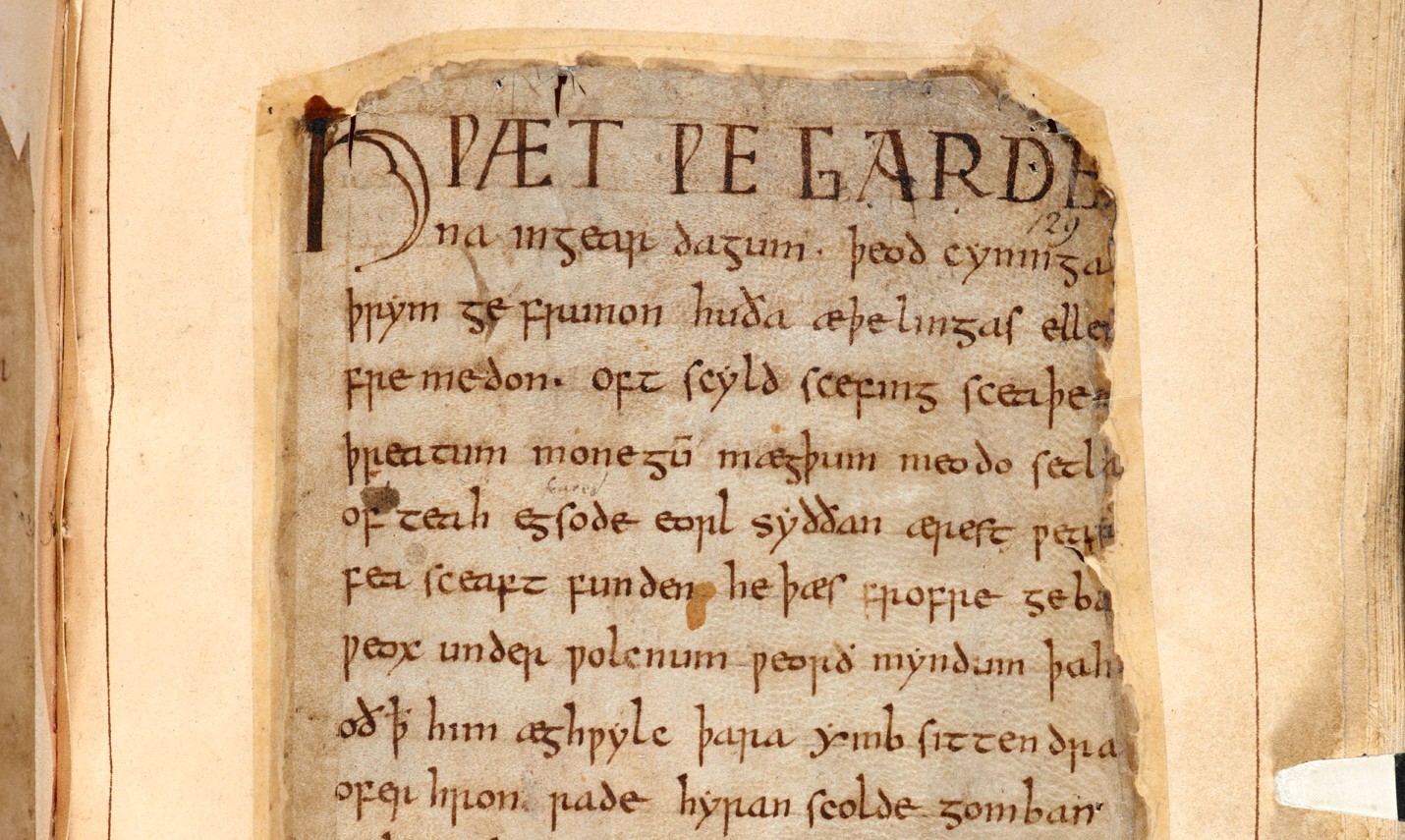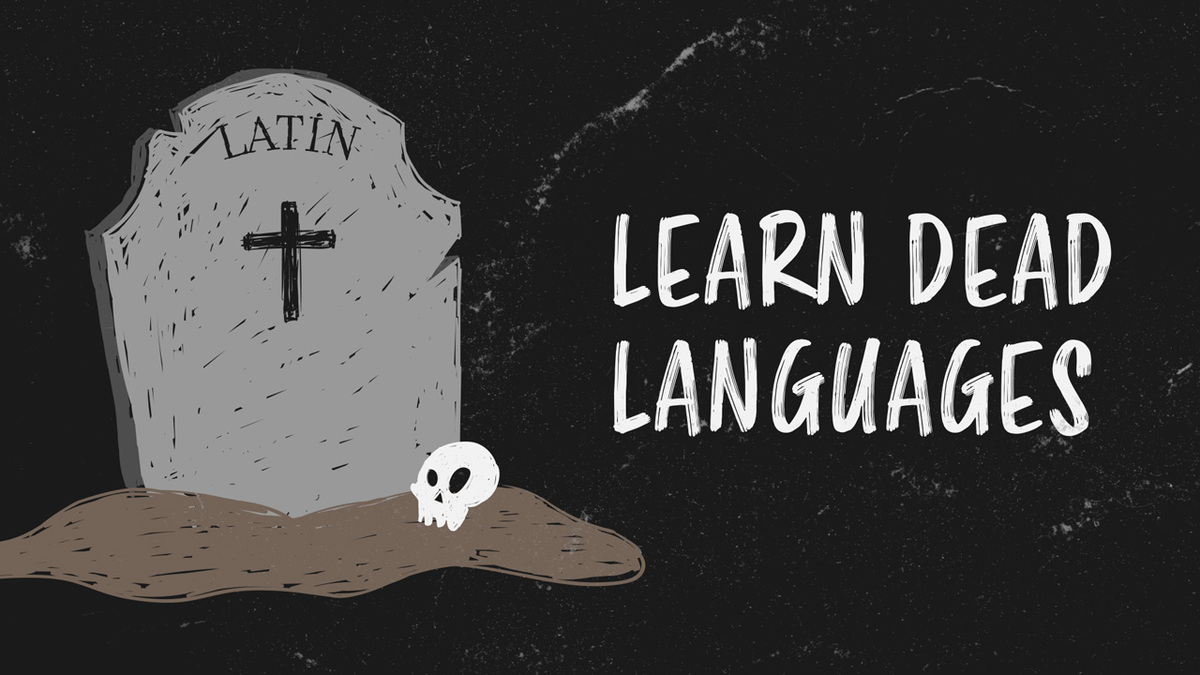The language of the dead, an intriguing concept steeped in history and cultural significance, invites us on an extraordinary journey into the realm of the departed. From ancient hieroglyphs to modern-day spiritual practices, this enigmatic language has captivated imaginations and shaped our understanding of death and the afterlife.
Throughout history, diverse languages and cultures have developed unique terms and expressions associated with death and the afterlife. The concept of “the language of the dead” has evolved over time, reflecting changing beliefs and societal norms.
Historical Significance of “The Language of the Dead”
The term “the language of the dead” has been used throughout history to refer to languages that are no longer spoken as a native language by any living community. These languages may have once been widely spoken, but over time they have fallen out of use due to various factors such as language shift, assimilation, or the extinction of the communities that spoke them.
One of the earliest known examples of a “language of the dead” is Ancient Egyptian, which was the language of ancient Egypt from around 3000 BC to the 4th century AD. Ancient Egyptian was a complex and highly developed language with a rich literature, but it gradually fell out of use after the Roman conquest of Egypt in 30 BC.
Today, Ancient Egyptian is only studied by scholars and linguists.
Another well-known example of a “language of the dead” is Latin, which was the language of the Roman Empire from the 1st century BC to the 5th century AD. Latin was a major language of communication, scholarship, and law throughout the Roman Empire, but it gradually fell out of use after the fall of the Western Roman Empire in the 5th century AD.
Today, Latin is still used as a liturgical language in the Roman Catholic Church, and it is also studied by scholars and linguists.
The Evolution of the Concept of “The Language of the Dead”
The concept of “the language of the dead” has evolved over time. In the past, these languages were often seen as mysterious and sacred, and they were often used in religious rituals and ceremonies. However, in recent years, there has been a growing interest in the study of “dead” languages, and they are now seen as valuable sources of information about the history and culture of past civilizations.
Cultural and Linguistic Perspectives

The language of the dead” holds significant cultural and linguistic implications across various societies. It reflects the beliefs, practices, and values associated with death and the afterlife, shaping how people communicate about and interact with the deceased.
Different languages have developed unique terms and expressions related to death and the afterlife. These linguistic variations provide insights into the cultural perspectives and beliefs surrounding these topics. For example, in some cultures, the deceased are referred to with honorifics or respectful language, while in others, euphemisms or avoidance language is used.
Linguistic Features and Structures
The language of the dead often exhibits specific linguistic features and structures that distinguish it from everyday language. These features may include:
- Specialized vocabulary:Words and phrases that are specifically used to discuss death and the afterlife, such as “mourning,” “funeral,” and “soul.”
- Archaic or poetic language:The use of older or more formal language forms, which may evoke a sense of tradition or solemnity.
- Symbolic or metaphorical language:The use of symbols and metaphors to represent death and the afterlife, such as “the veil of death” or “the pearly gates.”
- Ritualized or formulaic language:The use of specific phrases or formulas that are associated with death and mourning rituals, such as “rest in peace” or “ashes to ashes.”
Literary and Artistic Representations
The theme of “the language of the dead” has captivated the imaginations of authors and artists throughout history, offering a profound exploration of the complexities of death and the afterlife. Through the written word and various art forms, creators have sought to convey the enigmatic and often elusive nature of communication with the departed.
In literature, works such as Dante’s Inferno, Emily Dickinson’s poetry, and Toni Morrison’s Belovedhave delved into the realm of the dead, using language as a medium to explore themes of grief, loss, and the search for meaning in the face of mortality.
The Language of the Dead in Poetry
Poetry, with its evocative and condensed nature, has proven to be a particularly fertile ground for exploring the language of the dead. Poets have employed various techniques, such as fragmented speech, ethereal imagery, and the use of silence, to convey the ineffable nature of communication with the departed.
- Emily Dickinson’s poem “Because I could not stop for Death” depicts the speaker’s encounter with Death as a carriage ride, using vivid imagery and understated language to convey the solemn and transformative nature of the experience.
- In “In Memoriam,” Alfred, Lord Tennyson explores the themes of grief and loss through a series of elegies, using language that is both deeply personal and universally resonant.
Religious and Spiritual Beliefs: The Language Of The Dead
The “language of the dead” plays a pivotal role in religious and spiritual traditions worldwide. Across cultures, beliefs have developed around the idea that the dead possess a distinct language or mode of communication. This language is believed to facilitate communication between the living and the deceased, bridging the gap between the physical and spiritual realms.
Rituals and Prayers
Many religions incorporate specific rituals and prayers associated with the dead. These practices often involve the use of specialized language, incantations, and prayers designed to honor the departed, seek their guidance, or request their intervention. For instance, in ancient Egyptian funerary practices, the Book of the Dead contained spells and prayers to assist the deceased in their journey through the afterlife.
Communication with the Afterlife, The language of the dead
The belief in a “language of the dead” extends to the idea of communication with the afterlife. In various spiritual practices, mediums and shamans claim to possess the ability to communicate with the deceased, often using specific languages or codes.
These communications are believed to provide insights into the afterlife, offer guidance to the living, or facilitate the resolution of unfinished business.
Modern Interpretations and Applications

The concept of “the language of the dead” continues to resonate in contemporary society, inspiring interpretations and applications across various fields.
In modern literature, the language of the dead has been used to explore themes of memory, loss, and the afterlife. Works such as “The Book of Sand” by Jorge Luis Borges and “Cloud Atlas” by David Mitchell weave together narratives from different time periods and cultures, blurring the lines between the living and the dead.
Art and Popular Culture
In art, the language of the dead has found expression in installations, sculptures, and performances. Artists like Rachel Whiteread and Antony Gormley have created works that evoke the presence of the deceased, using materials such as plaster casts and metal.
Popular culture has also embraced the concept of the language of the dead. Films like “The Sixth Sense” and “Hereditary” feature characters who communicate with the dead, while television shows such as “Ghost Whisperer” explore the intersection between the living and the departed.
Understanding Death and the Afterlife
Modern interpretations of the language of the dead continue to shape our understanding of death and the afterlife. Through literature, art, and popular culture, these interpretations offer insights into the nature of grief, the possibility of communication with the departed, and the enduring power of memory.
Last Point

The language of the dead continues to fascinate and inspire in contemporary times, finding expression in literature, art, and popular culture. It serves as a testament to the enduring human fascination with death and the afterlife, shaping our understanding of these profound concepts.
Key Questions Answered
What is the origin of the term “the language of the dead”?
The term has its roots in ancient Egypt, where hieroglyphs were used to inscribe funerary texts and communicate with the deceased.
How have different languages developed unique terms related to death and the afterlife?
Languages reflect cultural beliefs and experiences. For example, some languages have specific words for different types of death, while others have elaborate phrases to describe the journey of the soul after death.
What role does “the language of the dead” play in religious and spiritual traditions?
Many religions and spiritual practices have developed rituals, prayers, and incantations in specific languages believed to facilitate communication with the dead or guide the deceased into the afterlife.